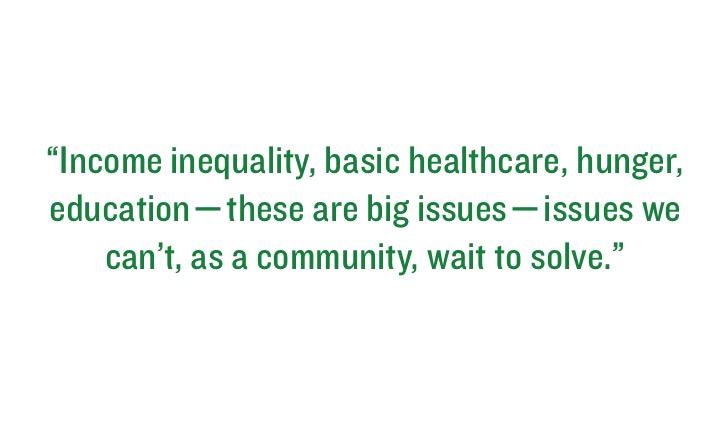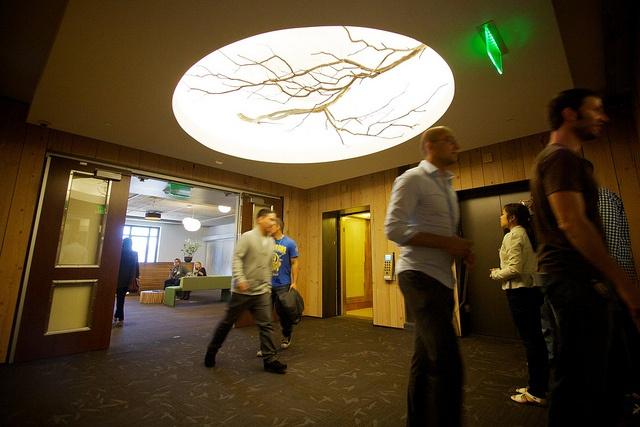UPS to Use Landfill Gas to Power Its Memphis and Jackson Fleets


It’s the holiday season, so you can’t miss the brown trucks driving around delivering packages to people who have ordered gifts online. Next time you see a UPS truck, know that the company is working on expanding its use of renewable natural gas (RNG) in its fleet. The company’s goal is to drive 1 billion miles with its alternative fuels fleet by the end of 2017.
UPS has logged a total of 505 million miles with alternative fuel fleets so far, putting it halfway to its goal. While it took 13 years for UPS to travel the first 350 million miles with alternative fuels, by the end of 2017, it expects to drive over 350 million miles a year in these vehicles. It attributes the accelerated pace to ongoing investments in a fleet of alternative-fuel vehicles.
To help achieve its goal, UPS recently announced it will supply its Memphis, Tennessee, and Jackson, Mississippi, fleets with an estimated 15 million diesel-gallon equivalents of renewable natural gas from landfills. The move to use RNG in the two cities is part of the company’s multi-year agreement with Memphis Light, Gas and Water and Atmos Energy Marketing, LLC. RNG will fuel over 140 heavy-duty trucks in Memphis and Jackson.
UPS’s RNG fleet includes over 3,800 medium- and heavy-duty vehicles globally. Since 2000, the company’s alternative fuel and advanced technology vehicles logged over 500 million miles in the U.S., Germany, Canada, Netherlands, Chile, Thailand, Hong Kong, South Korea, Brazil and the U.K. UPS also uses other alternative fuels, including propane, ethanol, renewable diesel and electricity. In 2014, the company had over 5,000 alternative fuel and advanced technology vehicles in use, and those vehicles logged 154 million miles that year. Through the use of alternative-fuel vehicles, 5.4 percent of the total gas and diesel purchased was displaced.
The Rolling Laboratory is used to test alternative fuels and advanced vehicle technologies. It provides UPS with the “opportunity to determine how alternative fuels and technologies perform in diverse, real-world operating conditions,” as the company’s 2014 sustainability report states. The Rolling Laboratory is the “key to our success and is enabled by our scope and scale,” the report explains.
The insights UPS gets from the Rolling Laboratory are used to plan investments and develop future strategies. Those insights are shared with both energy suppliers and vehicle manufacturers in order to “enhance their understanding” of how the company’s products can help make the transportation sector more sustainable.
Using alternative fuels to meet short and long term goals
UPS has a short-term goal of reducing its GHG emissions by 20 percent by 2020. Increasing its conversion rate of diesel to natural gas use will help the company meet that goal. In 2014, UPS accelerated its use of natural gas when the new tractors it bought for its domestic, small package delivery business used natural gas. Buying the tractors almost doubled the number of its natural gas vehicles in the U.S. By the end of 2014, UPS had just over 1,000 compressed natural gas (CNG) medium package cars and 1,297 heavy tractors using CNG or liquefied natural gas (LNG). UPS also invested in 23 LNG and CNG fueling operations in 10 states.Although natural gas helps meet UPS’s short-term goal, it can’t meet all of its transportation fuel needs globally. So, the company has a diversified approach to expanding its alternative fuels and fleet. That includes the use of RNG.
Burning RNG produces 88 percent less lifecycle greenhouse gas (GHG) emissions than conventional fuels. Certain types of RNG can end in net negative GHG emissions. UPS has a lofty goal of achieving an 80 percent reduction in its GHG emissions by 2050, and increasing the use of RNG will surely help.
Image credit: UPS


















